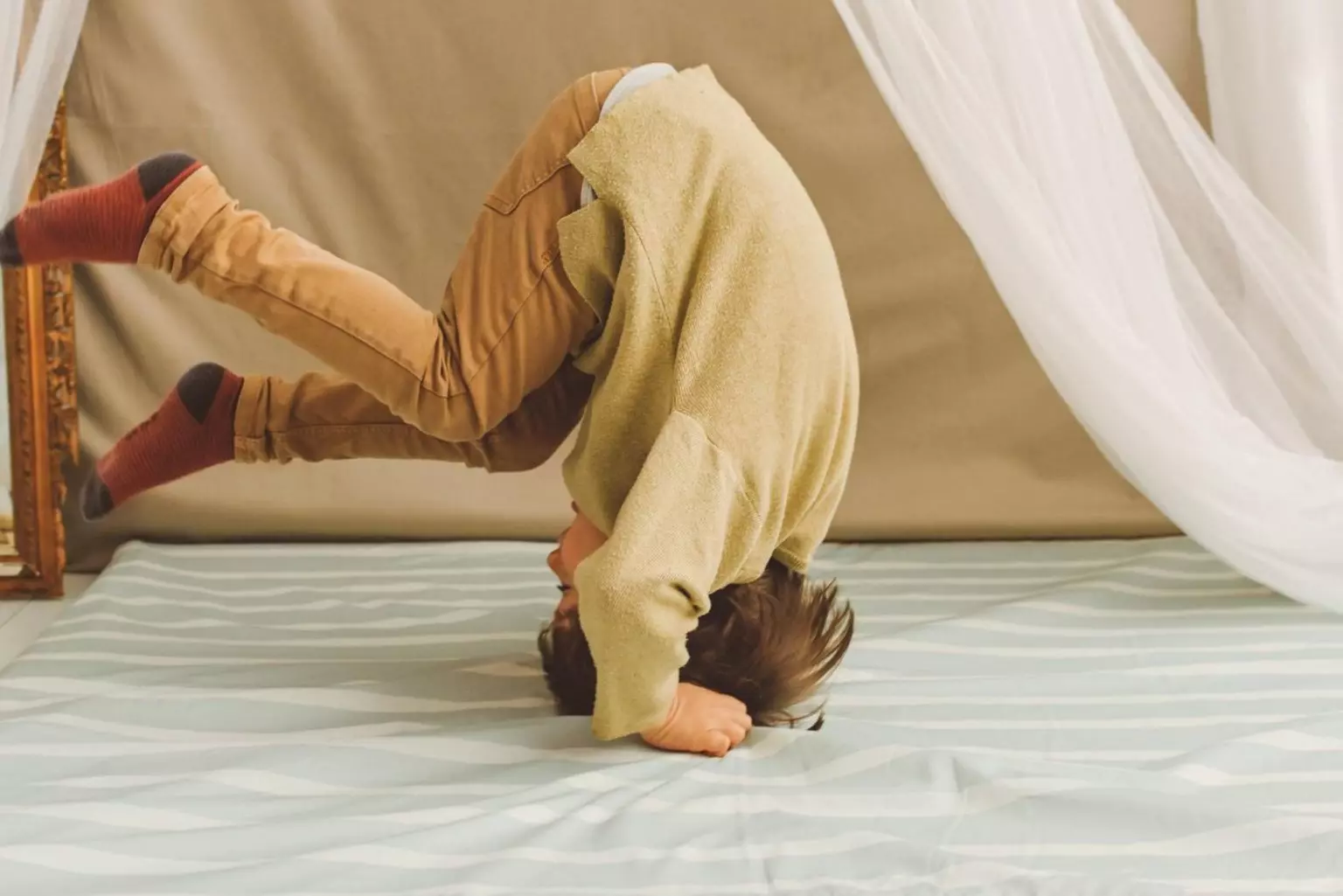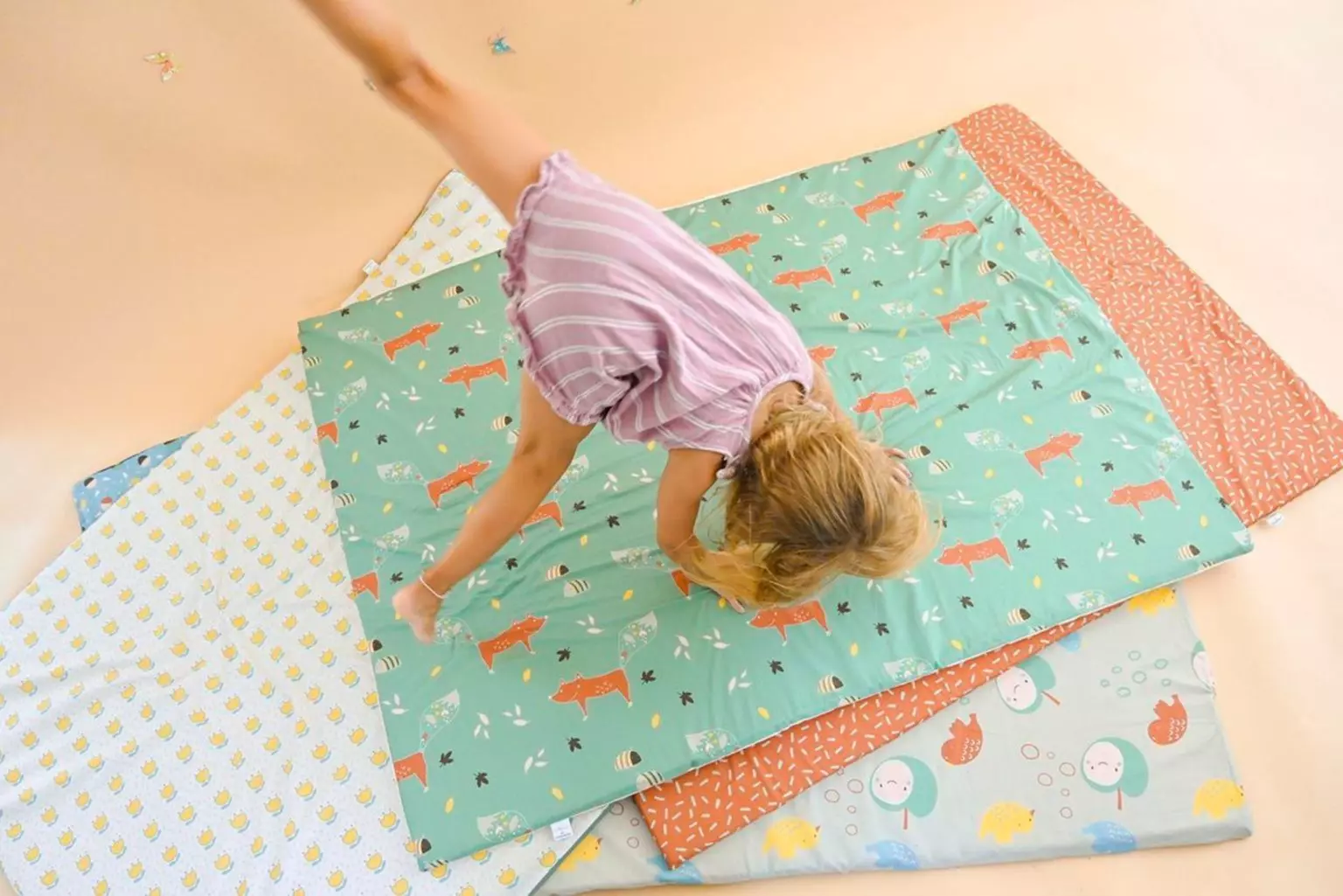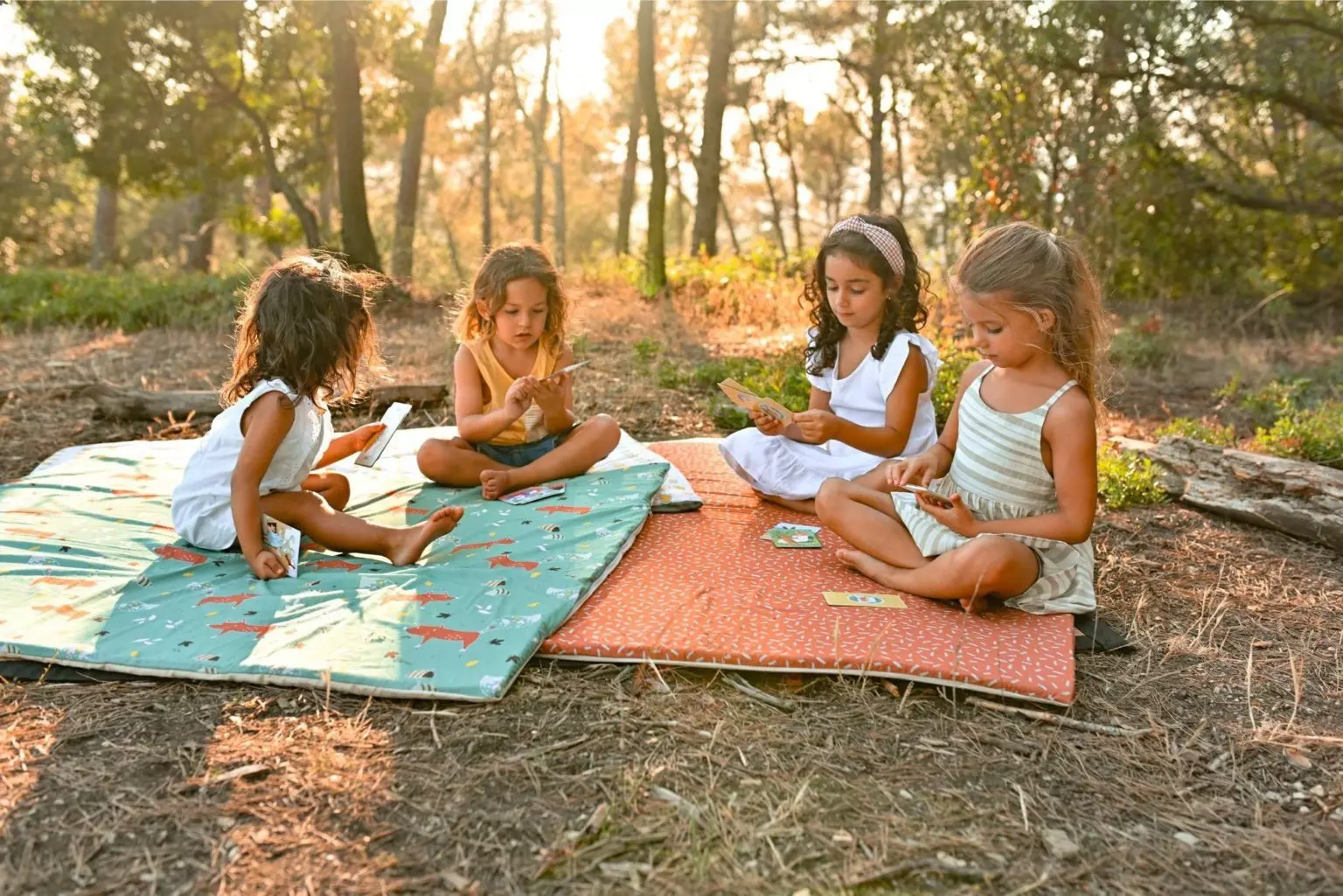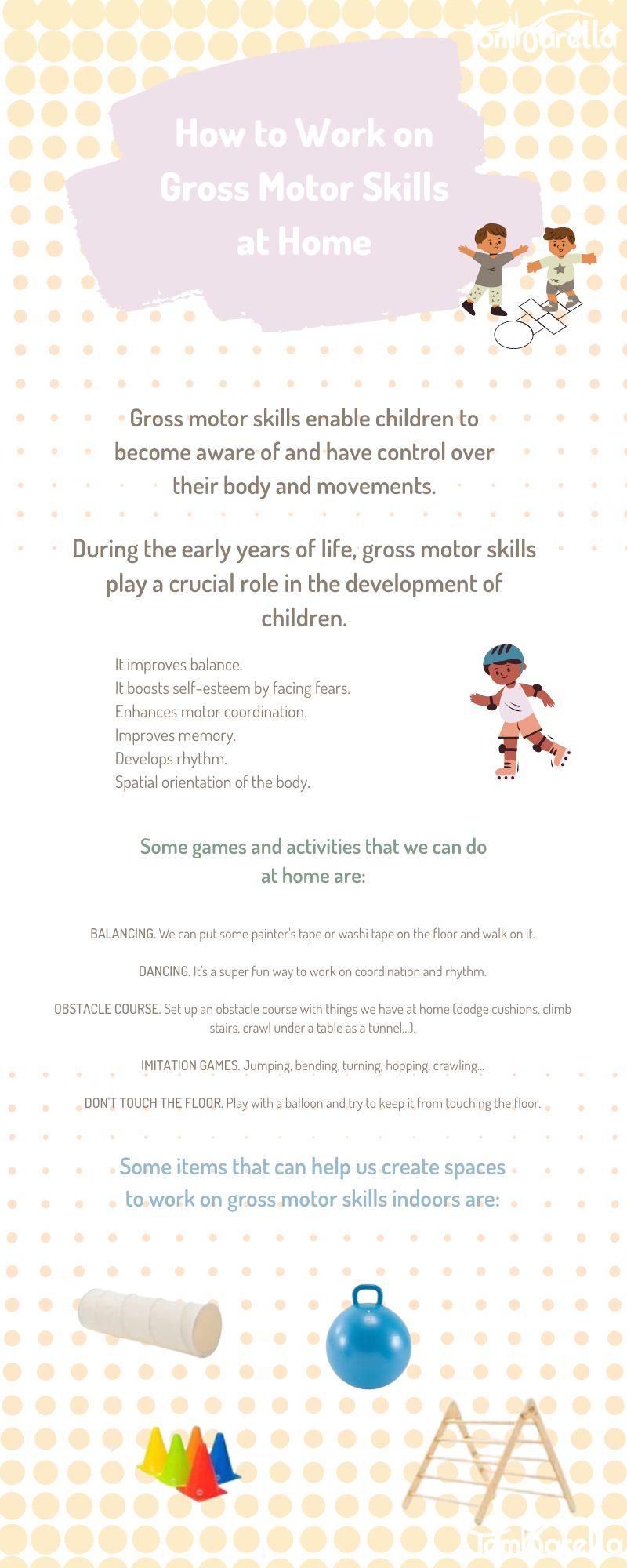What is gross motor skills?
Gross motor skills refer to the ability to control body movements and coordinate the limbs.
These movements are related to muscle strength, motor coordination, balance, and posture.
In other words, gross motor skills involve the ability to perform large and coordinated movements with the body.
Gross motor skills are important for child development for several reasons.
Firstly, the development of these physical skills is necessary for cognitive and emotional development.
Secondly, gross motor skills are important for children’s physical health.
Thirdly, these skills are necessary for sensory integration and perception of the environment.
In conclusion, gross motor play is a fundamental part of child development, so it is important to promote the development of these physical skills in children through the practice of suitable games, exercises, and activities.
Motor games for children at home
- Ball game: throw a ball and encourage children to catch it or throw it back. This helps improve hand-eye coordination and movement precision.
- Balance game: create an unstable surface using cushions, a mattress, or a balance board and encourage children to walk or jump on it. This helps improve balance and posture.
- “Simon says” game: this classic game can help children improve their coordination and following instructions as they have to mimic the movements indicated.
- Obstacle course game: create a circuit at home with different obstacles like cushions, boxes, or chairs and encourage children to run, jump, and crawl to overcome them.
- Climbing game: hang a rope or a swing from a low tree branch and encourage children to climb and move on it. This helps improve muscle strength and balance.
- Racing game: mark a starting line and a finish line and encourage children to run as fast as they can. This helps improve speed and coordination.
- Jumping game: set up a jump rope and encourage children to jump. This helps improve coordination and endurance.
Games for Gross Motor Skills
- Obstacle Course Races: Create a circuit at home with various obstacles such as cushions, boxes, or chairs and encourage children to run, jump, and crawl to overcome them.
- Kids Yoga: Yoga can help improve children’s flexibility, balance, and muscular strength, as well as promote relaxation and self-control.
- Dancing: Play music and encourage children to dance and move freely, this will help develop their coordination and balance.

Exercises for Gross Motor Skills for Children at Home
Exercises for Gross Motor Skills for Children at Home
There are different types of gross motor activities that can be done at home to improve children’s coordination, balance, and muscular strength:
Exercises to improve coordination:
- Two-foot jumps
- One-foot jumps
- Forward and backward jumps
- Side jumps
- Walking forward and backward on a straight line or adhesive tape on the floor
- Walking on an unstable surface like cushions or a balance board
- Throwing and catching a ball
Exercises to improve balance:
- Walking on a straight line or adhesive tape on the floor with one foot in front of the other
- Standing on one foot for a few seconds
- Standing on one leg while swinging the other leg forward and backward
- Standing on one leg while swinging the other leg to the side
- Walking on an unstable surface like cushions or a balance board
Exercises to improve muscular strength:
- Squats
- Push-ups
- Leg lifts
- Lifting lightweight objects (always under adult supervision)
- Climbing or crawling in a playground or in a safe area of the house
- Pushing and pulling heavy objects (like a box of toys)
Gross Motor Skills Circuits for Children at Home
Gross motor skills circuits are a fun and effective way to promote the physical and cognitive development of children. Here are some types of circuits that can be created at home:
Types of circuits:
- Balance circuit: includes unstable surfaces for walking, jumping, and balancing.
- Strength circuit: includes strength exercises such as lifting light weights or climbing.
- Obstacle circuit: includes obstacles that children must overcome through jumping, crawling, and climbing.
Activities to do in the circuits:
- Walking on cushions or a balance board
- Jumping over cones or cushions
- Climbing and crawling over boxes or chairs
- Doing push-ups or squats at different stations in the circuit
- Jumping through hoops or adhesive tapes on the floor
- Throwing and catching a ball at different stations in the circuit

Tips for working on gross motor skills at home
How to create a safe environment:
-Ensure that the play area is clean and free from hazardous objects.
-Establish clear rules on how to play and behave in the play area.
-Always supervise children during physical activities.
How to encourage exploration:
-Provide different types of surfaces for walking and climbing, such as cushions, boxes, and chairs.
-Offer toys and objects that stimulate exploration and movement.
How to provide appropriate support:
-Adapt physical activities to the age and abilities of each child.
-Provide physical or verbal support during physical activities.
-Ensure that children have proper balance and feel secure before attempting more advanced activities.

In summary, gross motor skills are crucial in child development and can be effectively worked on at home through games, activities, exercises, and circuits.
Providing a safe environment, encouraging exploration, and providing appropriate support are key to maximizing the benefits of gross motor skills in children.
By working together with parents and caregivers, children can develop important physical and cognitive skills that will help them grow and thrive.

